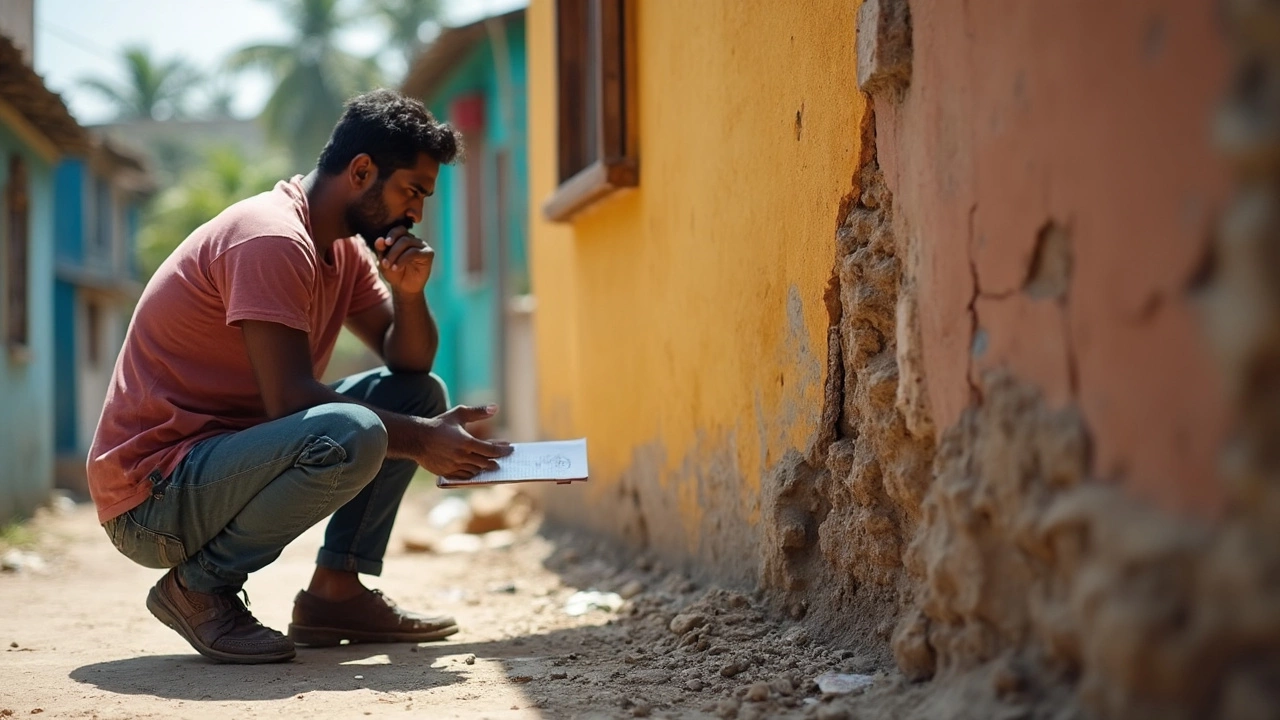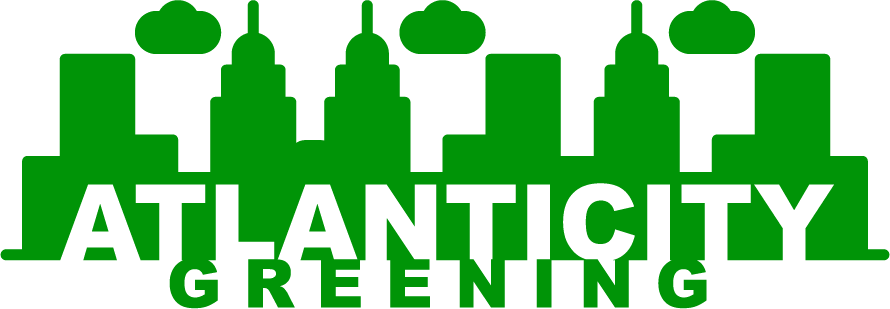How Modern Foundation Repair Methods Improve Longevity and Safety

Foundations are the backbone of any building, providing stability and support for the entire structure. Over time, however, foundation repair can experience problems due to soil movement, water damage, settling, or structural stress. Modern foundation repair methods in construction and home maintenance are designed to address these issues efficiently, improving both the longevity of the building and the safety of its occupants.
Understanding Foundation Issues
Foundation problems can manifest in various ways, including cracks in walls or floors, uneven floors, sticking doors and windows, or visible settling. These signs indicate underlying structural challenges that, if left untreated, may worsen over time. Early detection and repair are critical to prevent major damage and ensure the safety of the property. Modern techniques focus not only on correcting visible damage but also on addressing the root causes to prevent recurrence.
Advanced Inspection and Assessment
Modern foundation repair begins with a detailed inspection using advanced tools and technology. Laser measurements, soil analysis, and structural assessments allow technicians to accurately identify the type and extent of the problem. This precise evaluation ensures that the repair method chosen is tailored to the specific needs of the building, improving the effectiveness of the solution and enhancing overall safety.
Piering and Underpinning Solutions
One of the most effective modern methods for stabilizing foundations is piering, which involves installing steel or concrete piers beneath the foundation to support and lift the structure. Underpinning, a similar approach, strengthens the foundation by extending it to more stable soil layers. These techniques address foundation settlement and prevent further movement, enhancing structural stability and prolonging the lifespan of the building.
Slab Jacking and Leveling Techniques
For concrete slab foundations, slab jacking is a common modern repair method. This involves injecting a polyurethane foam or cement mixture beneath the sunken slab to lift it back to its original level. Slab jacking corrects uneven surfaces, reduces stress on the foundation, and minimizes the risk of structural damage. By restoring level floors, this method also improves safety for occupants, reducing tripping hazards and maintaining proper load distribution.
Waterproofing and Drainage Solutions
Water intrusion is a major contributor to foundation damage. Modern repair methods incorporate advanced waterproofing techniques and drainage solutions to protect foundations from moisture-related problems. Installing perimeter drains, sump pumps, and waterproof coatings helps prevent soil erosion, hydrostatic pressure, and water seepage that can compromise foundation integrity. Effective water management improves both the safety and longevity of the structure.
Seismic and Structural Reinforcement
In areas prone to seismic activity or soil instability, modern foundation repair may include reinforcement with steel beams, carbon fiber straps, or other structural supports. These enhancements strengthen the foundation against lateral pressure, shifting soil, and natural disasters. By incorporating reinforcement into repairs, buildings are better prepared to withstand environmental stresses, ensuring safety for occupants and reducing the likelihood of future damage.
Preventive Maintenance and Long-Term Benefits
Modern foundation repair emphasizes long-term prevention in addition to immediate correction. Regular inspections, monitoring for minor shifts or cracks, and maintaining proper drainage help preserve the foundation over time. Buildings with repaired and reinforced foundations experience improved longevity, fewer structural issues, and a safer environment for residents or occupants.
Conclusion
Modern foundation repair methods have transformed the way structural issues are addressed, offering precise, effective, and lasting solutions. From advanced inspections and piering techniques to slab leveling, waterproofing, and reinforcement, these methods enhance both the longevity and safety of buildings. By utilizing modern approaches, property owners can protect their investments, ensure occupant safety, and maintain structural stability for years to come.




Recent Comments